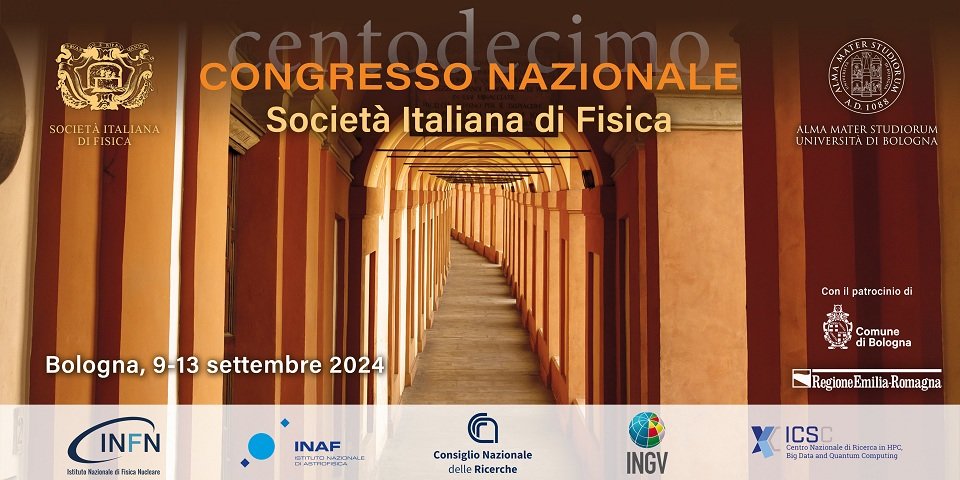“Despite the fact that the phonon concept is one of the most widely used, studied, reviewed concepts in modern condensed matter, some, even basic, properties are still debated. In this contribution I discussed, trying to shed light on, some of the main open questions. Density-Functional Perturbation Theory (DFPT) is routinely used to calculate non-adiabatic properties, including phonon widths. Even if DFPT is a semi-classical theory it is widely accepted that it can provide the same kind of information of a fully quantistic theory. I will start my contribution by demonstrating that this well-known fact is, actually, based on a faulty solution of the linearized Ehrenfest dynamics. In particular I will demonstrate how a decaying semi-classical phonon oscillation corresponds to an energy violating and, thus nonphysical, solution of the linearized atomic real-time dynamics. I will, then, show that the exact time-dependent DFPT phonon energy is real and always over-estimates the real frequency, obtained as a solution of the full many-body problem. This difference induces a gap between the quantistic and classical phonon energies that increases with the energy indetermination” (Andrea Marini).
SOCIETA’ ITALIANA DI FISICA organised its 110th National Congress, on 9-13 September 2024 at University of Bologna (nuovo Distretto Navile – Edificio UE1 dell’Università, Via della Beverara 123/1). The Non-adiabatic effects lead to the breakdown of the semi-classical phonon picture. talk took place in AULA 1D on Wednesday 11/09, from 09:00 to 13:30 in the II Section (Physics of Matter) whose chairman was Dr. Stefano Fabris, Director of the Department of Physics and Technologies of Matter of CNR.
